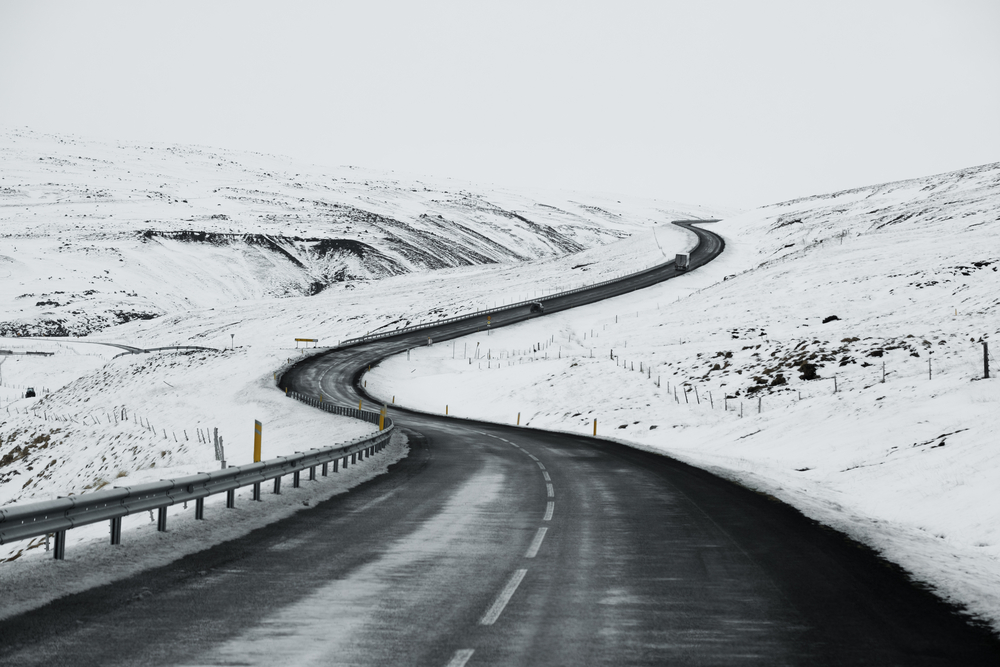Its been reported that due to a shortage of gritter drivers the UK’s roads this winter could go untreated with grit when the snow and ice arrives. This warning has been announced by a number of councils across the UK, significantly increasing the risk to motorists. This issue poses an incredibly dangerous situation. Put in simple terms, it could be the difference between life and death. That’s the grim reality.
.
Many motorists have become accustomed to gritted roads. If it’s icy they often just assume the gritters have been out and they think no more of it. The fact is if you hit sheet ice, regardless of how good a driver you are, how many sensors and stability control systems your car has, if you have no grip you’re a passenger and your car will, in all probability, have no idea what’s going on. A cars sensors don’t tend to understand went it’s skating on ice. A car needs at least some tyre grip to work with if you’re in trouble.
.
Key Safety Point – Driving on Icy Roads:
.
1. Keep your speed down
2. Look out for dangerous microclimates where ice may not have thawed – such as under a tree, under a bridge or where the sun can’t get to or hasn’t got to yet.
3. Consider winter tyres. They are notably safer in winter than regular tyres, they have more silica in them, which means they are softer and more pliable in cold weather. This gives more grip.
4. Concentrate. Be aware of emerging traffic situations, concentrate on the road, what other road users are doing and the condition of the road you’re on, as the road conditions can quickly change. Rural roads, which have low traffic volumes tend to be icier than busy roads. The road surface on rural roads can also be less favourable too. Also, the twisting challenging nature of rural roads can make driving in ice and snow even more of a challenge.

